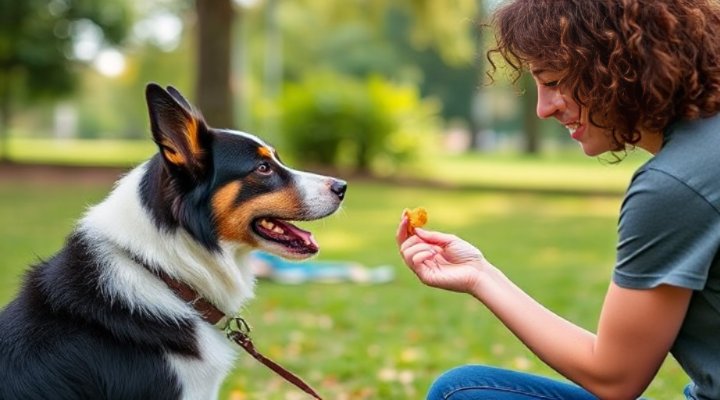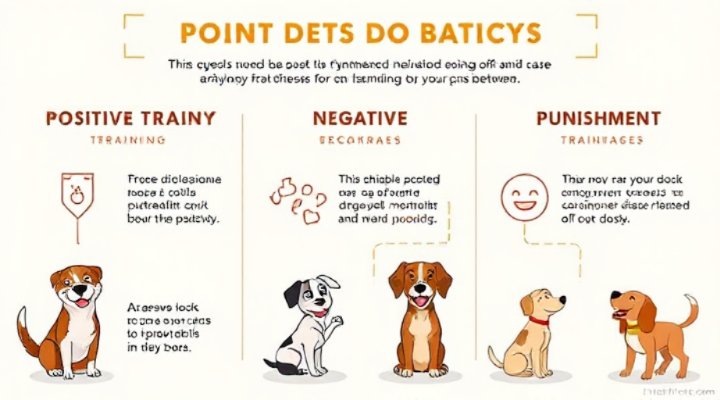Positive reinforcement dog training has revolutionized how we interact with our canine companions. Unlike traditional methods that focus on correcting unwanted behaviors, this approach emphasizes rewarding the good stuff. In other words, we’re not just teaching dogs what not to do – we’re showing them exactly what we want them to do instead.

Why Positive Reinforcement Works So Well
Scientifically speaking, positive reinforcement taps into how dogs naturally learn. When a behavior is followed by something pleasant (like a tasty treat or enthusiastic praise), that behavior is more likely to be repeated. This isn’t just speculation – numerous studies from institutions like the American Veterinary Society of Animal Behavior confirm its effectiveness.
For example, when I first tried positive reinforcement with my rescue dog Max, I was amazed at how quickly he picked up basic commands. Instead of becoming frustrated when he didn’t immediately understand, I simply waited for even small approximations of the desired behavior and rewarded those. Gradually, his confidence grew along with his skills.

The Essential Tools for Positive Reinforcement Training
You don’t need fancy equipment to get started with reward-based training. Here are the basics:
- High-value treats (small and smelly works best)
- A marker signal (like a clicker or verbal ‘yes!’)
- Patience and consistency
- A positive attitude
If you’re new to using a clicker, check out our guide on dog training clickers for a detailed breakdown.
Step-by-Step Positive Reinforcement Techniques
Let’s break down how to implement this method effectively:
- Identify the desired behavior: Be specific about what you want to teach.
- Mark the exact moment: Use your clicker or marker word the instant the behavior occurs.
- Follow with a reward: Deliver the treat within 1-2 seconds of marking.
- Repeat and gradually phase out treats: As the behavior becomes consistent, switch to intermittent rewards.

Remember, timing is crucial in positive reinforcement dog training. As noted by the ASPCA, the reward must immediately follow the behavior to create the proper association in your dog’s mind.
Common Challenges and Solutions
Even with this scientifically proven method, you might encounter some bumps along the way:
Challenge: Your dog isn’t food motivated.
Solution: Try different rewards – some dogs prefer toys, praise, or petting. Our article on dog behavior solutions offers more troubleshooting tips.
Challenge: Progress seems slow.
Solution: Break behaviors into smaller steps and celebrate small wins. Training sessions should be short (5-10 minutes) and frequent.

The Long-Term Benefits of Positive Reinforcement
Beyond just teaching commands, this approach offers profound benefits:
- Strengthens the human-canine bond
- Builds your dog’s confidence
- Reduces fear and anxiety
- Creates a willing learner
- Makes training enjoyable for both parties
As we’ve explored in our scientifically proven training methods article, dogs trained with positive reinforcement show fewer behavior problems and adapt better to new situations.
Keywords Related to Positive Reinforcement Dog Training
reward-based training, clicker training, behavior modification, dog obedience, canine learning theory, marker training, force-free training, science-based dog training
